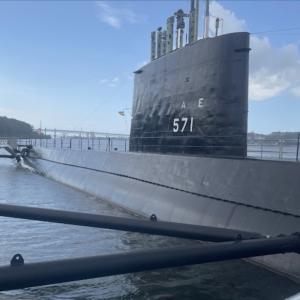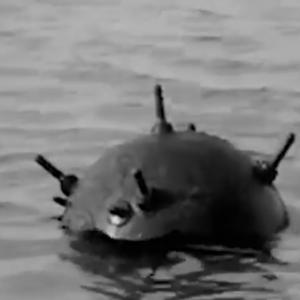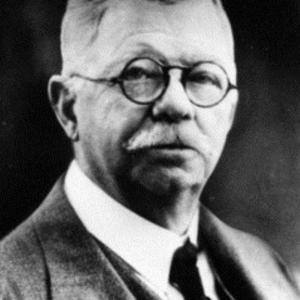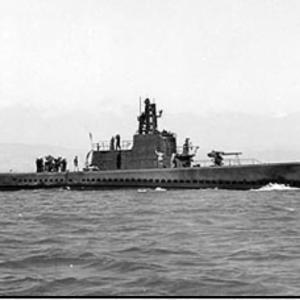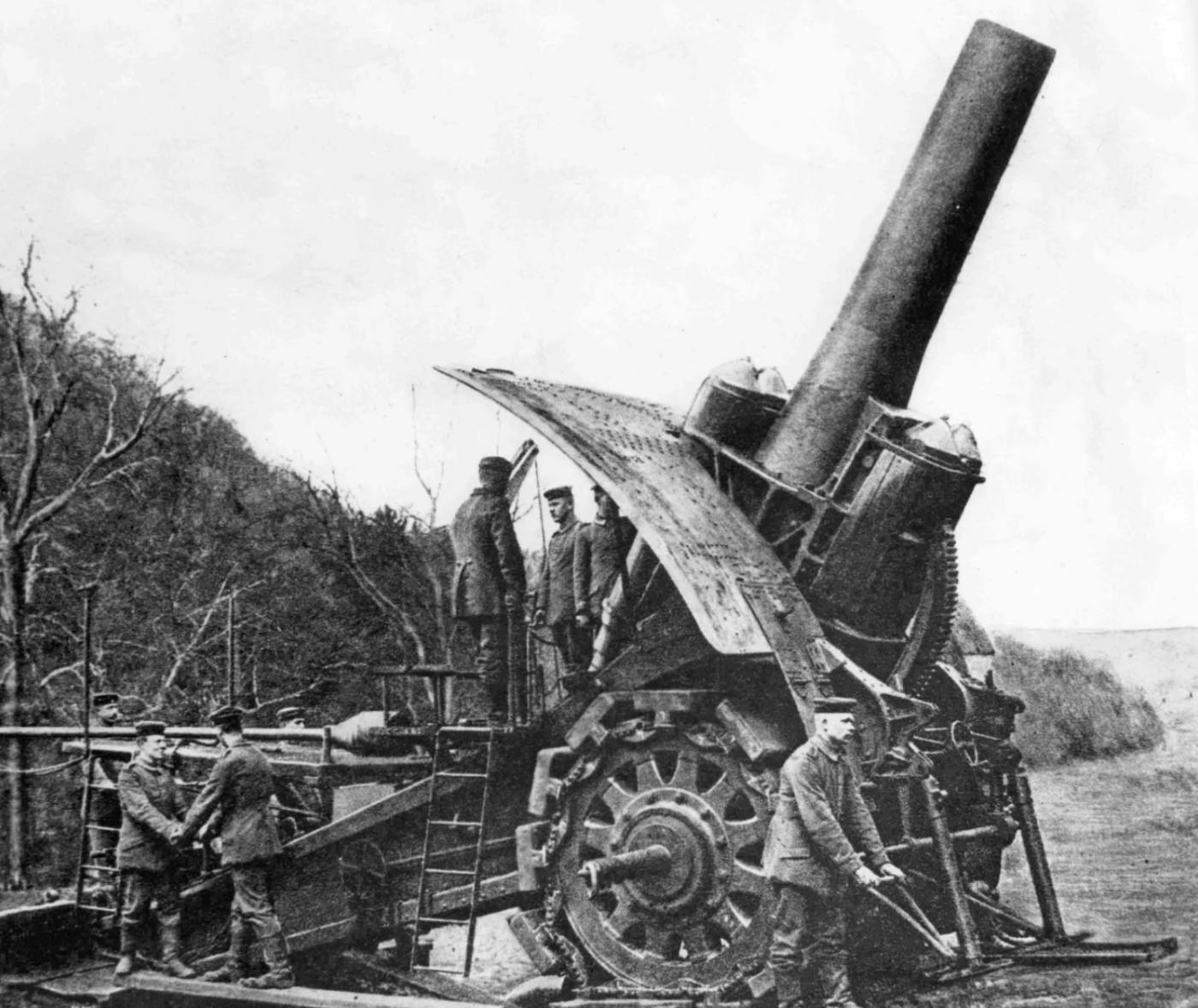
Big Bertha
The "Big Bertha" artillery gun was one of the most iconic and formidable siege weapons used by the German Empire during World War I. Officially named the "L/12 kurze Marinekanone 14" (short naval gun), it was developed by the German arms manufacturer Krupp in response to the growing importance of fortifications in early 20th-century warfare. Designed by Krupp's engineers under the direction of Professor Fritz Rausenberger, the gun represented a pinnacle of German heavy artillery innovation and was intended to be used against heavily fortified enemy positions that traditional field artillery could not effectively penetrate.
Big Bertha was a howitzer rather than a traditional cannon. It had a barrel length of 12 calibers (hence L/12) and fired shells with a diameter of 420 mm (approximately 16.5 inches). These massive shells could weigh up to 820 kg (about 1,800 pounds), and the high-explosive variants were particularly effective against concrete and steel defenses. The gun could launch these shells at a range of around 9 to 12 kilometers (5.5 to 7.5 miles), depending on the type of projectile used. Its shells caused devastating damage not only through direct impact but also through the massive shockwaves and cratering they produced.
Only around 12 of these massive siege howitzers were ever built, owing to their complexity, immense size, and the strategic limitations of their use. Each Big Bertha was transported in several heavy sections on specially designed rail carriages and required a lengthy setup time once it reached the battlefield. Due to this, it was generally used at the outset of major offensives where fixed enemy fortifications had to be destroyed before infantry could advance. The gun itself required a crew of approximately 200 men to transport, assemble, and operate. This included engineers, artillerymen, support staff, and soldiers tasked with security and logistics.
The Big Bertha was first used during the German invasion of Belgium in 1914. Its spectacular success at demolishing the fortified positions at Liège, Namur, and Maubeuge shocked the Allies and proved the effectiveness of high-caliber siege artillery in modern warfare. However, the gun’s usefulness diminished over time as trench warfare became the dominant form of combat and mobility became more critical than brute firepower. The Big Bertha was eventually supplemented and, in some cases, replaced by more mobile heavy artillery systems and newer weapons such as the Paris Gun and the Gamma-Gerät.
Despite its declining battlefield role, Big Bertha was still employed in major battles later in the war, including the infamous Battle of Passchendaele (also known as the Third Battle of Ypres) in 1917. During this prolonged and grueling battle, which lasted from July to November, German forces used heavy artillery—including Big Berthas and similar caliber guns—to shell Allied positions and supply routes in the Ypres salient. Although the terrain was already treacherous due to waterlogged ground and heavy rain, the immense firepower of these guns contributed to turning the battlefield into a near-uninhabitable quagmire.
The use of Big Bertha at Passchendaele was strategic rather than tactical. The goal was not just to destroy trenches or kill enemy troops but to paralyze the logistical and command infrastructure of the British and Canadian forces advancing toward Passchendaele Ridge. The psychological impact of such large-caliber artillery was also significant. The thunderous explosions, capable of being heard from miles away, sapped morale and created an ever-present sense of danger for Allied troops in forward and support trenches. The destruction of roads, bridges, and ammunition depots by these shells further delayed Allied advances and disrupted communications.
However, Big Bertha’s impact at Passchendaele was somewhat limited by the very nature of the battlefield. The mud and waterlogged ground reduced the mobility and stability of heavy artillery pieces. In some cases, the weight of the gun and its carriages made deployment nearly impossible, as equipment would sink into the mire. Nonetheless, when fired, Big Bertha’s shells devastated targets such as dugouts, strongpoints, and rear supply hubs. While not the sole reason for the German army’s resistance at Passchendaele, its presence added to the formidable defensive capability that held up the Allied offensive for months.
By the end of the war, the role of Big Bertha had been largely overtaken by newer technologies and tactics, but it remained a symbol of Germany’s early dominance in siege artillery. The few surviving examples were scrapped or captured after the armistice. Big Bertha’s legacy, however, continued into World War II, influencing the development of other super-heavy artillery such as the Schwerer Gustav and Dora railway guns. Its name became a catch-all phrase for any large artillery piece, even if unrelated to the original design.

